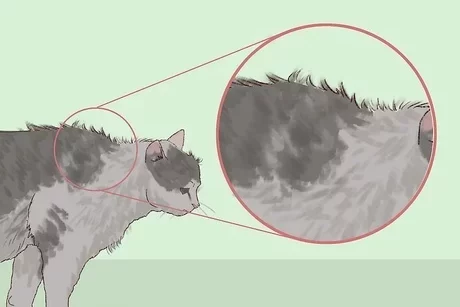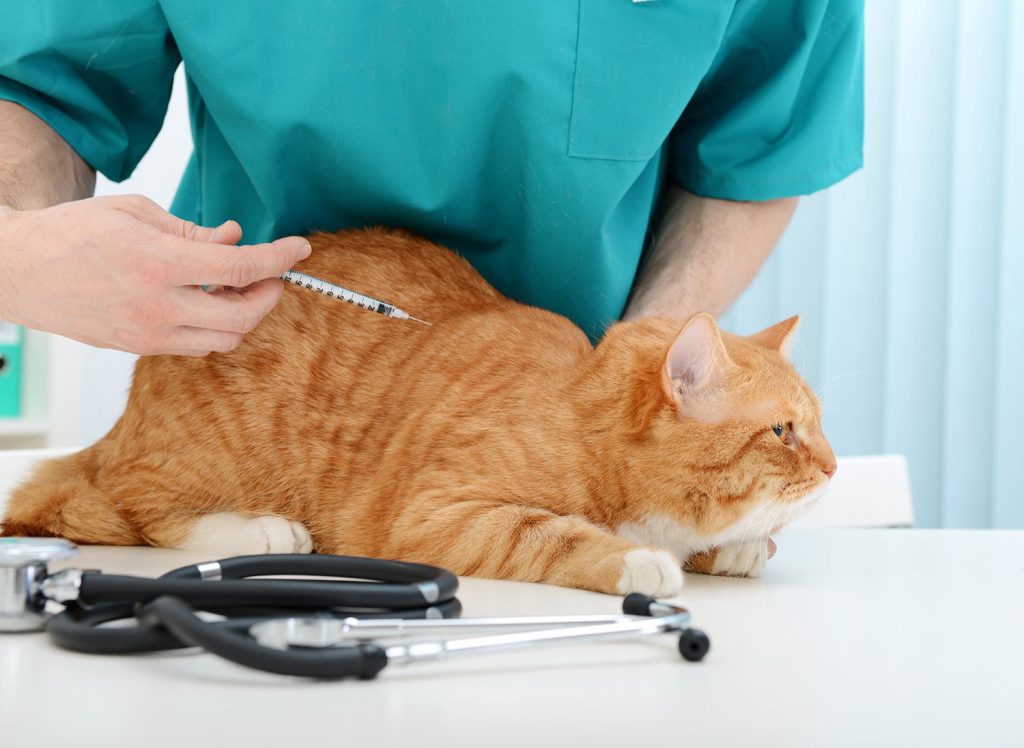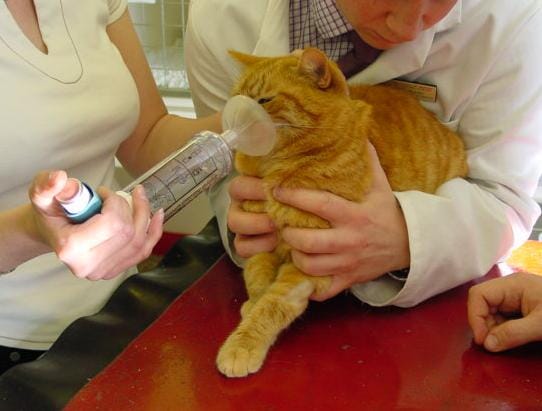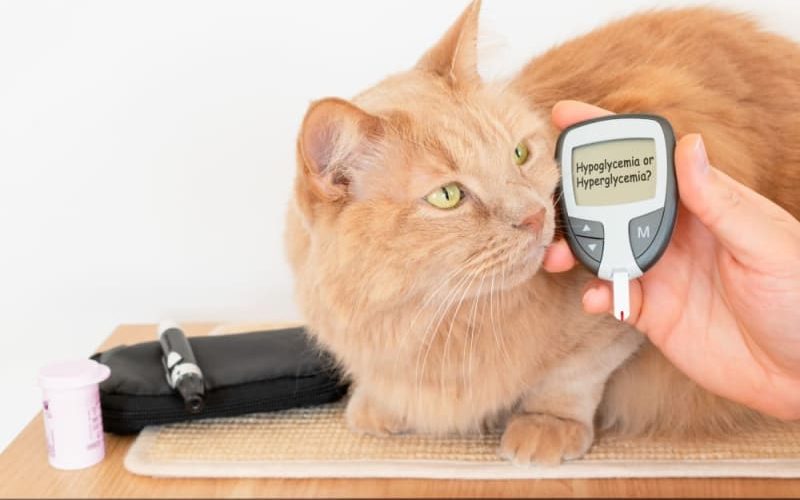Diabetes is a serious but manageable condition that affects many cats, especially those in middle age or older. Just like in humans, feline diabetes occurs when the body cannot properly regulate blood sugar (glucose) levels, either due to a lack of insulin production or an inability to use insulin effectively. Recognizing the signs of diabetes early can help prevent complications and improve the quality of life for your cat. In this post, we’ll explore how to spot the symptoms of feline diabetes and discuss how to treat and manage the condition effectively.
Understanding Feline Diabetes
Feline diabetes is most commonly diagnosed in cats between the ages of 6 and 10, though it can occur at any age. The two main types of diabetes in cats are Type 1 and Type 2. Type 1 is the most common, where the pancreas produces little to no insulin, while Type 2 is characterized by insulin resistance, where the body doesn’t respond properly to insulin. Regardless of the type, untreated diabetes can lead to dangerous complications, such as diabetic ketoacidosis, a life-threatening condition.
Early Signs of Diabetes in Cats
Feline diabetes often develops gradually, and cats are experts at hiding symptoms, making it crucial for pet owners to be vigilant. Here are some of the common signs to look out for:
Increased Thirst and Urination
One of the hallmark signs of diabetes in cats is excessive thirst (polydipsia) and increased urination (polyuria). As glucose levels rise in the bloodstream, the kidneys work overtime to filter the excess sugar, causing your cat to drink more water and urinate more frequently. If you notice that your cat is using the litter box more often or seems to be drinking a lot of water, diabetes could be the cause.

Weight Loss Despite Increased Appetite
Another common sign of diabetes is unexplained weight loss, even though your cat may be eating more than usual. Diabetes causes the body to be unable to properly process glucose for energy, leading to the cat’s body breaking down fat and muscle for fuel. This can result in significant weight loss, despite a normal or increased appetite (polyphagia).
Lethargy and Weakness
Cats with diabetes often become lethargic and less active. This is because the body’s cells are not receiving the necessary energy from glucose, causing fatigue and weakness. Your cat may seem less interested in playing, exploring, or even engaging with you as much as they used to.
Poor Coat Condition
A diabetic cat may have a dull, dry, or matted coat. This can be due to dehydration (a result of increased urination) and the body’s inability to properly absorb nutrients. You might also notice that your cat’s skin feels dry, or they may not groom themselves as regularly as they used to.
Changes in Behavior
Diabetes can also affect a cat’s behavior. If your cat seems to be more irritable, agitated, or withdrawn than usual, it could be a sign of fluctuating blood sugar levels. Some cats may also develop an unsteady gait or appear to be “walking drunk” due to nerve damage caused by high blood sugar levels (a condition called diabetic neuropathy).

How is Feline Diabetes Diagnosed?
If you notice any of the above symptoms, it’s important to consult your veterinarian. Your vet will perform a physical examination and may run a series of tests, including blood work and a urinalysis, to confirm a diabetes diagnosis. High blood glucose levels and the presence of glucose in the urine are typical indicators of diabetes. Your veterinarian may also check for other potential underlying conditions, as diabetes can sometimes be secondary to other health issues like pancreatitis or hyperthyroidism.
Treatment of Feline Diabetes
Although feline diabetes is a lifelong condition, it is manageable with proper treatment. The primary goals of diabetes treatment are to control blood sugar levels and maintain your cat’s overall health. Treatment may involve a combination of insulin therapy, diet changes, and lifestyle adjustments.
Insulin Therapy
For most cats with diabetes, insulin injections are necessary to regulate blood glucose levels. Insulin is administered via a subcutaneous (under the skin) injection, typically twice a day. The insulin dosage will be determined by your veterinarian based on your cat’s specific needs. While this may sound intimidating, most pet owners quickly become comfortable with giving their cat insulin shots once they receive proper training from their vet.
It’s important to follow your veterinarian’s instructions carefully when administering insulin. Skipping doses or giving too much insulin can cause dangerous fluctuations in blood sugar levels, which can lead to hypoglycemia (low blood sugar) or hyperglycemia (high blood sugar). Regular monitoring of your cat’s blood sugar levels will help ensure that they are staying within a safe range.
Dietary Changes
Diet plays a crucial role in managing feline diabetes. Your veterinarian may recommend a high-protein, low-carbohydrate diet, as this helps control blood sugar levels and promotes healthy weight maintenance. Specialized diabetic cat food is available and may be recommended for your cat. It’s essential to avoid feeding your cat table scraps or human food, as many foods can spike blood sugar levels.
Feeding your cat at consistent times every day is also important for managing diabetes. This can help stabilize blood sugar levels and prevent large fluctuations. Some cats may require smaller, more frequent meals throughout the day, depending on their specific needs.
Monitoring and Ongoing Care
Managing feline diabetes is a long-term commitment, and regular veterinary check-ups are crucial. Your vet will likely schedule follow-up appointments to monitor your cat’s response to treatment, adjust insulin dosages, and check for any complications. Additionally, you may be asked to monitor your cat’s blood glucose levels at home using a glucometer, allowing you to track their progress and catch any issues early.
It’s also important to keep an eye on your cat’s weight, appetite, and overall condition. Weight management is a critical aspect of diabetes care, as obesity can make it more difficult to regulate blood sugar. If your cat’s condition changes or new symptoms arise, contact your veterinarian promptly for guidance.
Complications of Untreated Diabetes
If left untreated, feline diabetes can lead to several serious health complications. Diabetic cats are at risk for diabetic ketoacidosis (DKA), a life-threatening condition that occurs when the body starts breaking down fat for energy instead of glucose, leading to the production of ketones. DKA requires immediate veterinary treatment and can be fatal if not addressed.
Other potential complications of untreated diabetes include blindness (due to damage to the blood vessels in the eyes), kidney disease, and nerve damage (diabetic neuropathy), which can lead to weakness or difficulty walking.

Conclusion
Feline diabetes is a manageable condition that requires dedication and attention from both you and your veterinarian. By recognizing the early signs of diabetes—such as increased thirst, urination, weight loss, lethargy, and poor coat condition—you can seek treatment early and help prevent serious complications. With proper insulin therapy, dietary changes, and regular monitoring, many cats with diabetes can live happy, healthy lives. If you suspect your cat may have diabetes, don’t hesitate to contact your vet for an evaluation and a tailored treatment plan. Managing feline diabetes is entirely possible, and early intervention can make all the difference in your cat’s long-term health and well-being.
